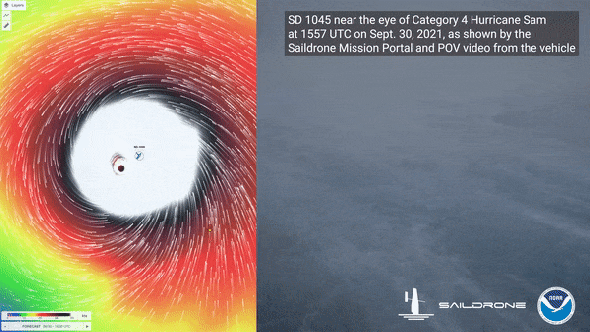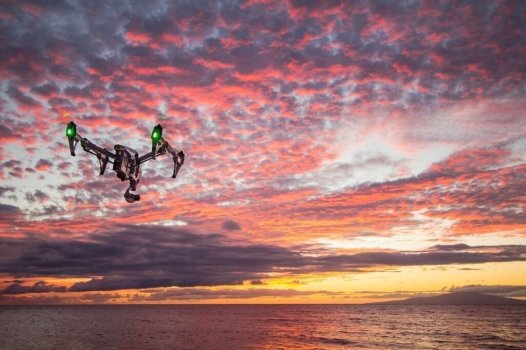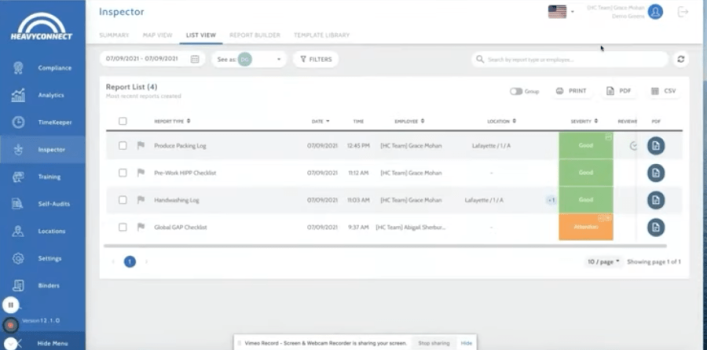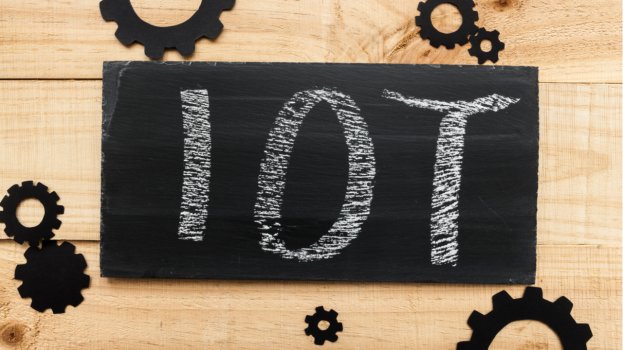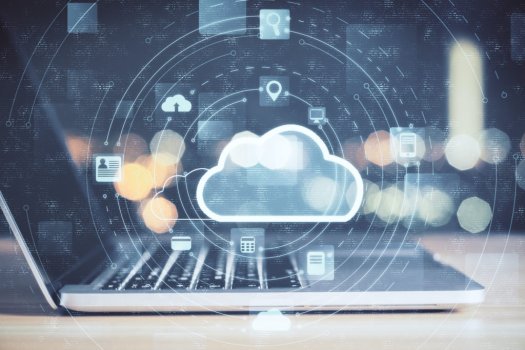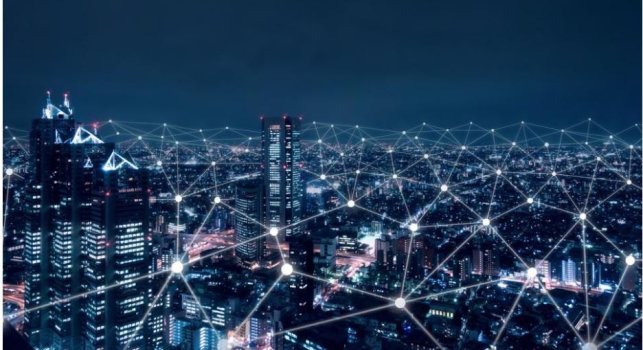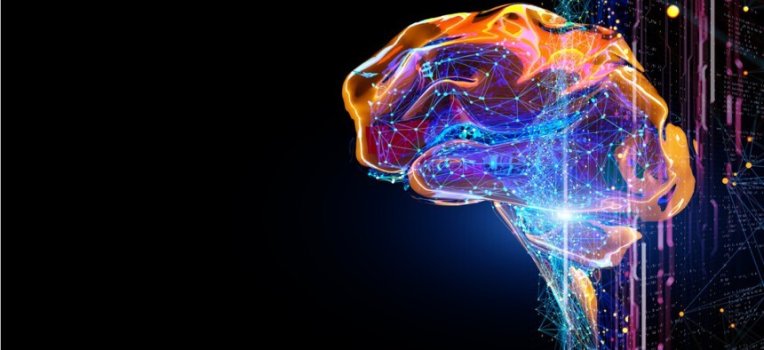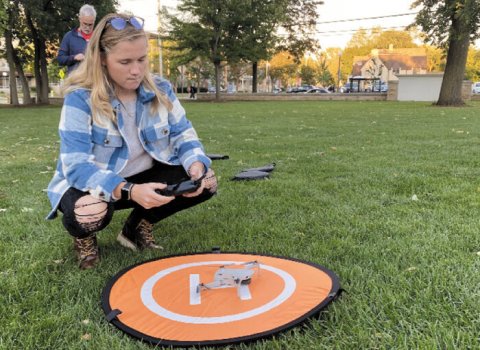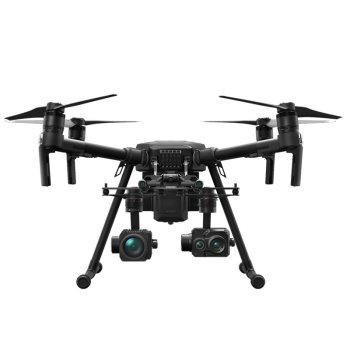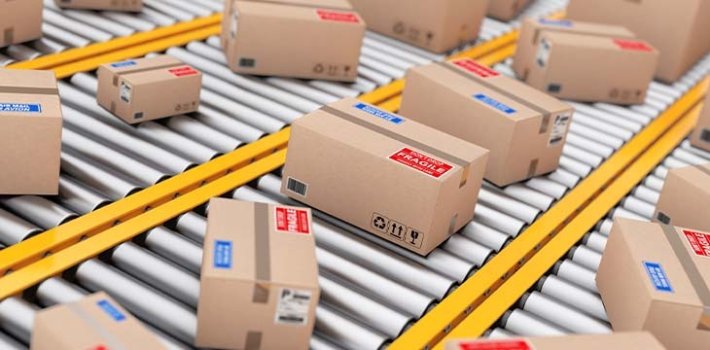Drones carry post to remote island in Royal Mail trial
- Technology Solutions
- 0 Replies
Drones are being used to deliver post to a remote Scottish island in a trial by the Royal Mail.
A two-week test of autonomous flights between Kirkwall and North Ronaldsay in the Orkney Islands is being undertaken with Windracers to help better connect remote island communities.
The mail is being carried by a twin-engine, UK-built unmanned aerial vehicle (UAV), which can transport 100kg of post of all shapes and sizes – equivalent to a typical delivery round.
Letters and parcels will be delivered by the local postie in the usual way when they reach the island, which is further north than the southern tip of Norway and is home to around 70 people.
The trial is part of the Sustainable Aviation Test Environment project based at Kirkwall Airport.
Nick Landon, chief commercial officer at Royal Mail, said: “The trialling of drone technologies is just one of the ways we are supporting our postmen and postwomen to deliver an amazing service, while reducing our carbon emissions.”
If the trial is successful, the technology will be considered by Royal Mail to support delivery to very remote areas and addresses across the UK.
UAVs can fly in poor weather conditions, including fog, because they are uncrewed, and unlike boat services they are not affected by tides.
Sarah Moore, local postwoman for North Ronaldsay, said: “North Ronaldsay is a very remote area of the UK and I’m proud to be involved in an initiative that will help Royal Mail to do all we can to keep all areas of the UK connected.”
This is the third drone trial that Royal Mail has taken part in over the last year.
Continue reading: https://www.insider.co.uk/news/drones-carry-post-remote-island-25148041
A two-week test of autonomous flights between Kirkwall and North Ronaldsay in the Orkney Islands is being undertaken with Windracers to help better connect remote island communities.
The mail is being carried by a twin-engine, UK-built unmanned aerial vehicle (UAV), which can transport 100kg of post of all shapes and sizes – equivalent to a typical delivery round.
Letters and parcels will be delivered by the local postie in the usual way when they reach the island, which is further north than the southern tip of Norway and is home to around 70 people.
The trial is part of the Sustainable Aviation Test Environment project based at Kirkwall Airport.
Nick Landon, chief commercial officer at Royal Mail, said: “The trialling of drone technologies is just one of the ways we are supporting our postmen and postwomen to deliver an amazing service, while reducing our carbon emissions.”
If the trial is successful, the technology will be considered by Royal Mail to support delivery to very remote areas and addresses across the UK.
UAVs can fly in poor weather conditions, including fog, because they are uncrewed, and unlike boat services they are not affected by tides.
Sarah Moore, local postwoman for North Ronaldsay, said: “North Ronaldsay is a very remote area of the UK and I’m proud to be involved in an initiative that will help Royal Mail to do all we can to keep all areas of the UK connected.”
This is the third drone trial that Royal Mail has taken part in over the last year.
Continue reading: https://www.insider.co.uk/news/drones-carry-post-remote-island-25148041




